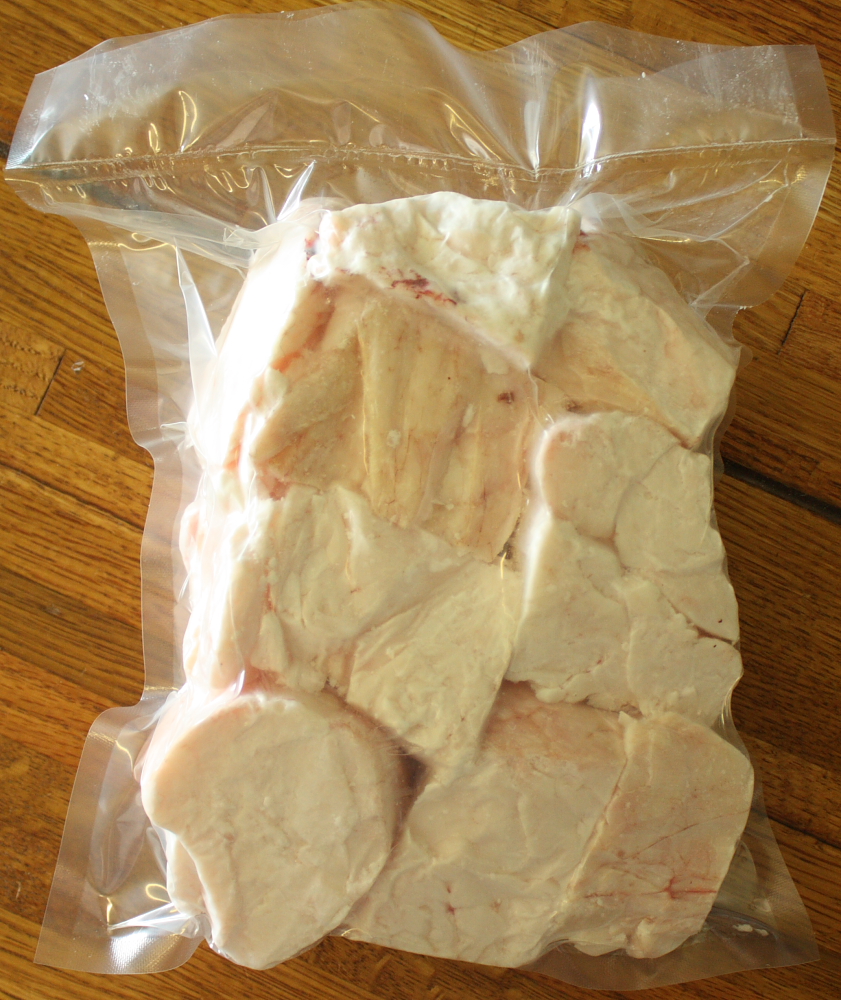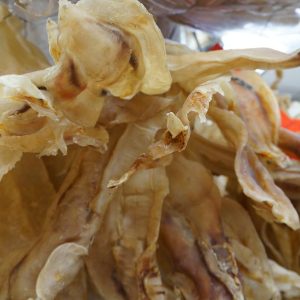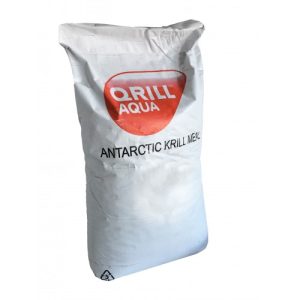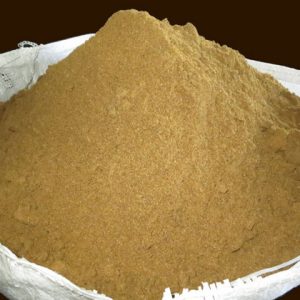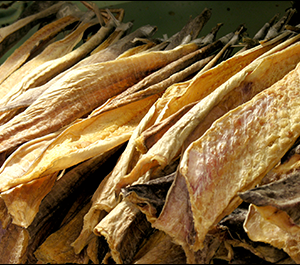Description
GENERAL INFORMATION
Beef tallow is obtained by rendering beef fat, the resultant product then being bleached, neutralised and deodorised (refined beef tallow). On the other hand, the product of fat that is simply rendered is known as ‘edible beef tallow’.Beef tallow is obtained by means of a dry or wet rendering process. The wet rendering process is more gentle and delivers better yields. With the wet rendering process, offal from slaughterhouses undergoes coarse mechanical pulverising and is then steam-heated to a temperature of at least 90°C, breaking down and sterilising enzymes. Fat is then removed from the tissue. The water-fat mixture is then cooled and the fat (edible beef tallow) is separated. Further chemical-physical stages (bleaching, neutralisation, deodorisation) ultimately deliver a product known as (‘refined) beef tallow’. Nowadays, the dry rendering process is uneconomical in terms of the energy that is required and it is rarely used.
Beef tallow is a whitish (beef tallow) or whitish to yellow (edible beef tallow) substance. It is solid at 20°C and gives off a mild odour. It is not water-soluble, but it is soluble in organic solvents. The main components in both fats are: oleic, palmitic, stearic, palmitoleic, linoleic and myristic acid. Other fatty acids account for < 1% of the product. The USA is by far the biggest producer and exporter of beef tallow, with production accounting for approx. 25 to 30% of global oil and fat production. In the past, beef tallow was used in early cultures for lighting (woodchips soaked in beef tallow) soaps and ointments. Today, beef tallow is a major raw material used in the production of chemical intermediate products, such as fatty acids and fat alcohols. In addition to its principal uses in edible fats and oils, beef tallow is also used as baking and cooking fat, as well as in margarine production, which involves small amounts. With its similar fatty acid spectrum, beef tallow was formerly used to stretch cocoa butter. We also sell other Animal Fats & Oil, including edible fats and oil for Pharmaceutical, Cosmetic, Personal Care, Food, Ink, Paint, Coatings, Adhesive, Lubricant& Soap Industries. GENERAL SPECIFICATIONS Edible Beef Fat is obtained by heat rendering of tissues (cuttings and trimmings) from beef, which is then refined, bleached and deodorized.

